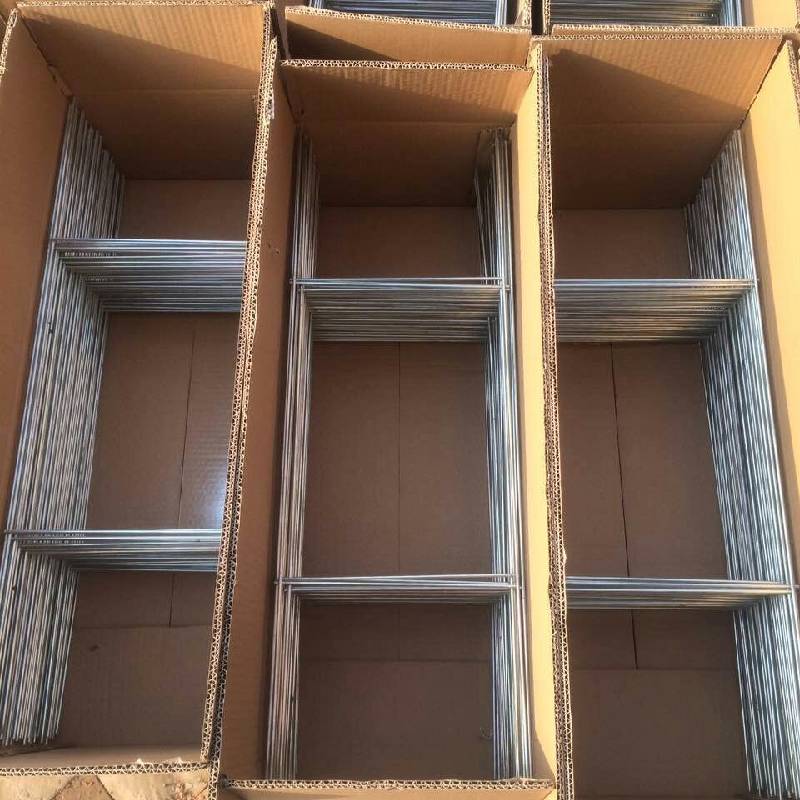
- Mobile Phone
- +8613931874955
- sales@cntcmetal.com
Effective Plant Supports for Thriving Gardens and Healthy Growth
Strong Plant Supports Ensuring Stability and Growth in Your Garden
Gardening is a beloved pastime for many, providing not only a sense of tranquility but also a profound connection to nature. Among the various aspects of gardening, the use of strong plant supports is crucial for the health and vitality of many plants. Whether you are cultivating vegetables, flowers, or ornamental plants, providing adequate support can make a significant difference in their growth and productivity.
The Importance of Plant Supports
As plants grow, they often require support to maintain their structure and health. This is particularly true for climbing plants, tall flowers, and certain vegetables, such as tomatoes and cucumbers. Without proper support, these plants can become top-heavy, leading to broken stems and reduced yield. Strong plant supports help to keep plants upright, allowing them to absorb maximum sunlight and air circulation, which is essential for photosynthesis and overall growth.
Types of Plant Supports
There are various types of plant supports available, and choosing the right one depends on the type of plant being supported. Here are some common options
1. Stakes Simple and effective, stakes are often used for individual plants like tomatoes or peppers. They can be made from wood, metal, or plastic and are driven into the ground next to the plant. Gardeners can tie the plant to the stake securely, ensuring that it stays upright throughout its growth.
2. Trellises Ideal for climbing plants such as peas and beans, trellises provide a broader support structure. Made from lattice, wire, or even natural materials like bamboo, trellises allow plants to climb vertically, saving space and promoting healthy air circulation.
strong plant supports

3. Cages Tomato cages and similar structures offer robust support for heavy fruit-bearing plants. These pre-constructed cages typically consist of wire mesh or sturdy metal and encircle the plant, allowing it to grow through the openings while providing overall stability.
4. Arches and Supports For those looking to create stunning visual interest in their garden, arches and supports can serve both functional and decorative purposes. These structures can be used with flowering vines, such as clematis or morning glories, to create beautiful, shaded areas in the garden.
Building Your Own Supports
For the creative gardener, building custom supports can be an enjoyable project. Utilizing materials like wood, PVC pipes, or even repurposed items can lead to unique and functional designs. Moreover, DIY supports allow for adaptability based on the specific needs of your plants.
When constructing your own supports, consider the following
- Durability Choose materials that can withstand the weather elements in your area. Treated wood, metal, and sturdy plastic usually hold up well. - Height and Width Ensure that the support is tall and wide enough for the mature size of the plant. Overly restrictive supports can hinder growth. - Aesthetics Integrating supports that complement the overall design of your garden can create a harmonious look.
Conclusion
Strong plant supports are an essential element in any garden. They provide the stability that plants need to grow effectively while maximizing their exposure to sunlight and nutrients. By understanding the different types of supports available and considering how to implement them in your gardening practices, you can ensure that your plants thrive. Whether it's through purchasing ready-made supports or crafting your own, taking the time to support your plants will ultimately lead to a more vibrant and fruitful garden. With the right supports in place, your garden can flourish, providing both beauty and sustenance for years to come.
share:
-
Your Source for Concrete Wall Ties and Masonry AccessoriesNewsJul.10,2025
-
Unlocking the Power of Iron Wire for Every ProjectNewsJul.10,2025
-
Explore Advanced Chain Wire and Stainless Steel Mesh FencingNewsJul.10,2025
-
Discover the Benefits of Annealed Wire ProductsNewsJul.10,2025
-
Discover China Stainless Steel Wire Mesh SolutionsNewsJul.10,2025
-
Build with Confidence Using High-Performance Masonry AccessoriesNewsJul.10,2025
-
Why Sacrificial Formwork Is Redefining Underground ConstructionNewsJun.06,2025



















